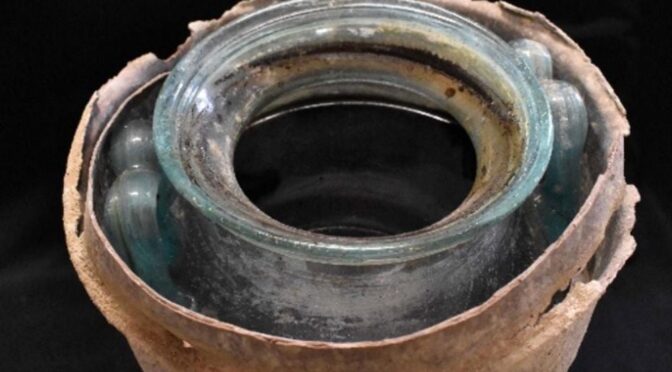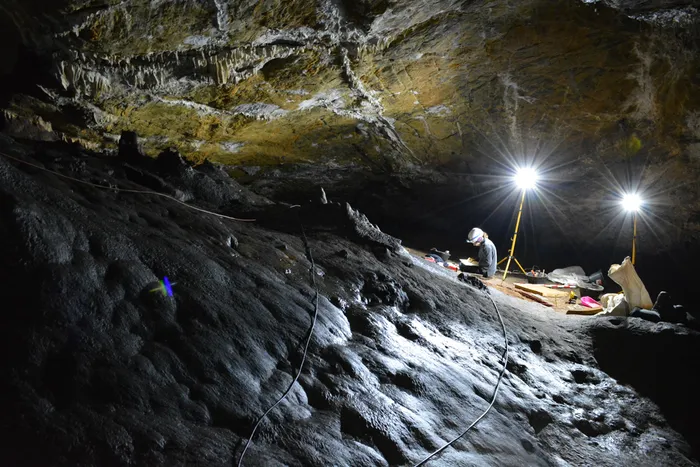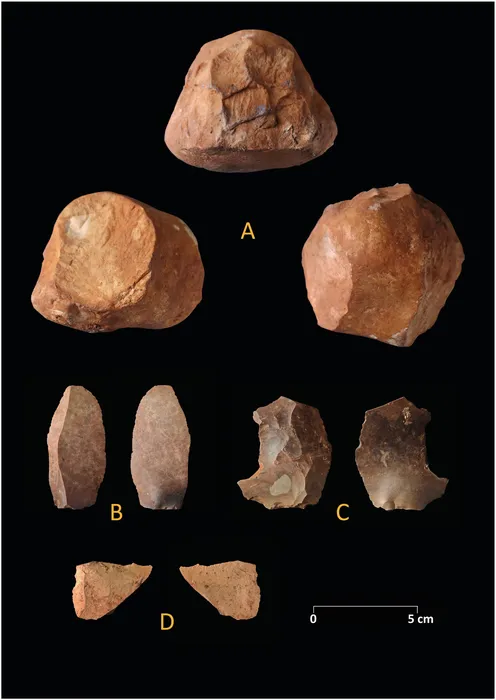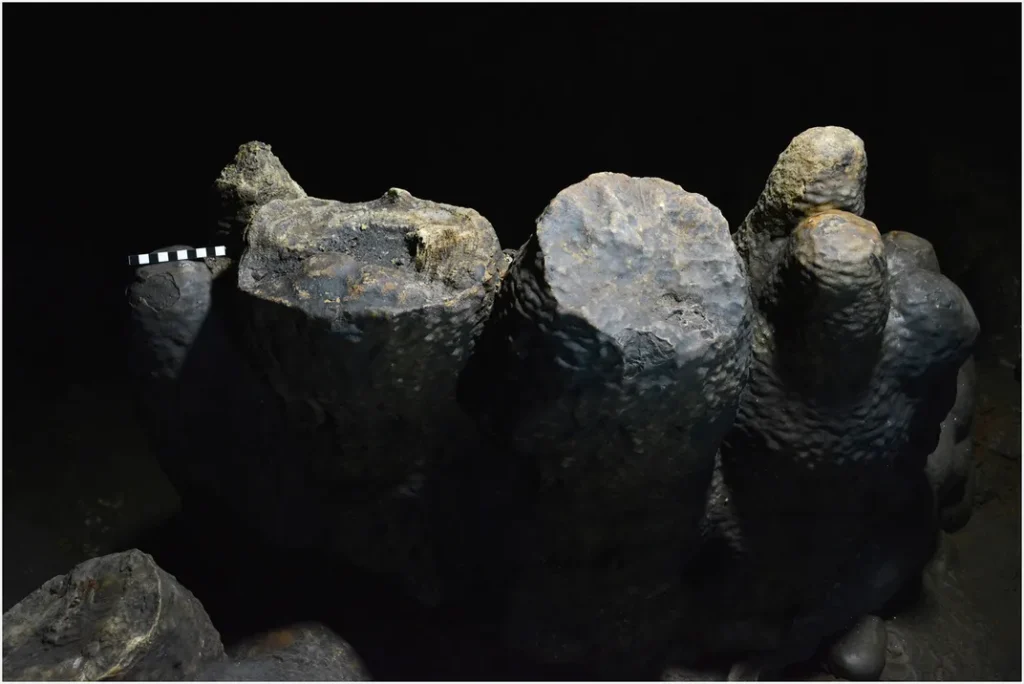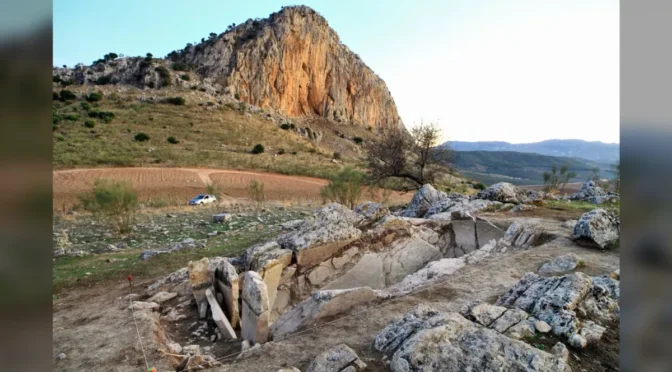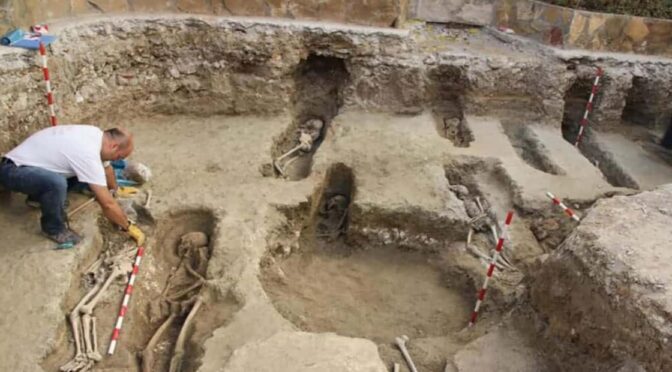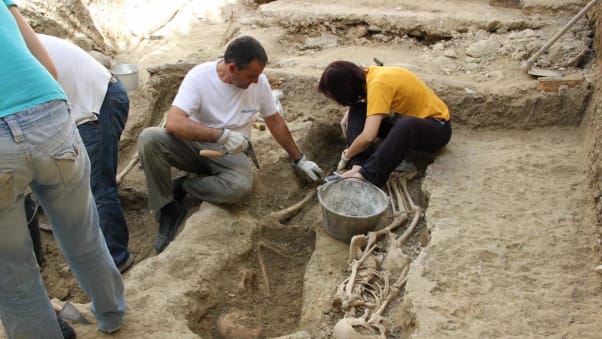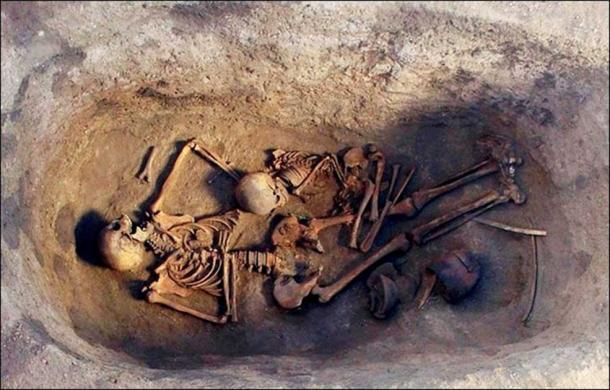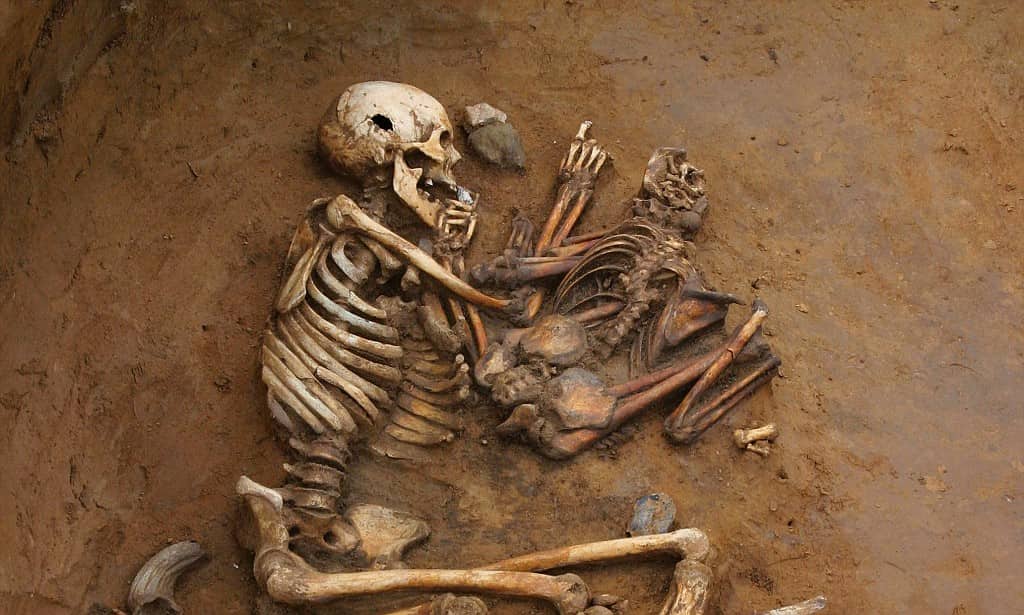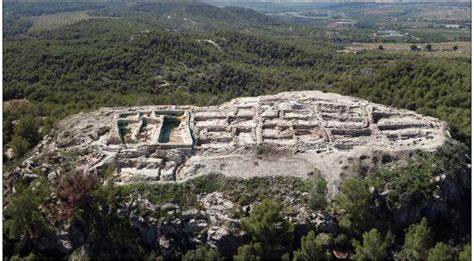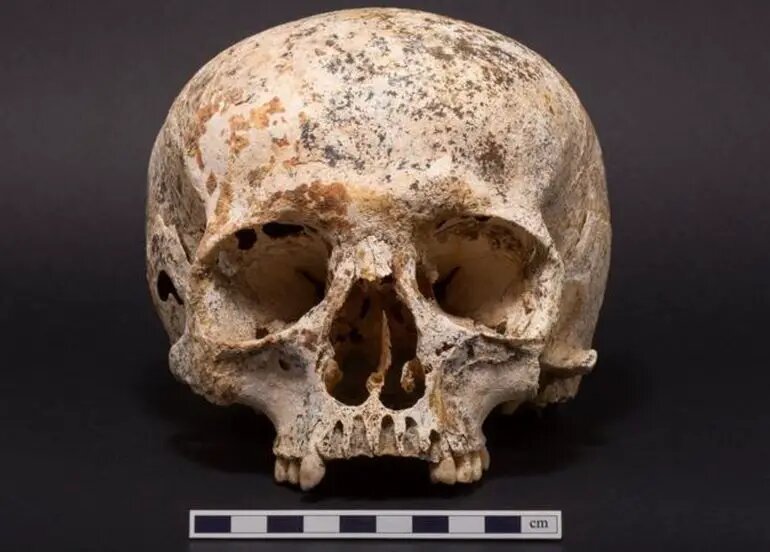World’s Oldest Wine Found – Imbued with a Cremated Roman Aristocrat!
When archaeologists excavated an ancient Roman tomb in Spain, they found a funerary urn with a strange mixture inside: In addition to cremated bones, it was filled with a reddish-brown liquid.
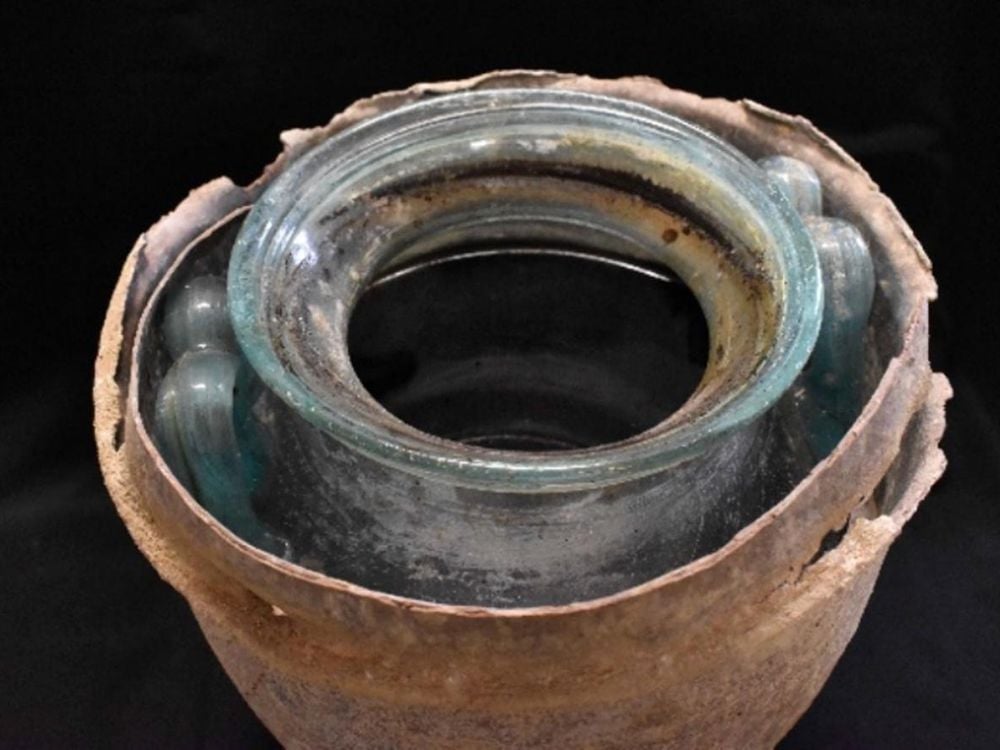
After conducting laboratory analyses, the researchers concluded that the fluid was once a white wine—though it had been browned beyond recognition in the 2,000 years since its creation. It’s the oldest liquid wine ever found.
Located in Carmona (near Seville), the tomb was discovered in 2019 during construction on a nearby house. According to a study recently published in the Journal of Archaeological Science: Reports, the Romans likely built the chamber in the first half of the first century C.E.
“Romans were proud, even in death, and used to build funeral monuments, such as towers, over their tombs so people could see them,” study co-author José Rafael Ruiz Arrebola, an organic chemist at Spain’s University of Córdoba, tells the Guardian’s Sam Jones.
But this particular tomb was hidden, protecting it against looters for millennia. “It’s a sunken tomb that was excavated from the rock, which allowed it to remain standing for 2,000 years,” Ruiz Arrebola adds.
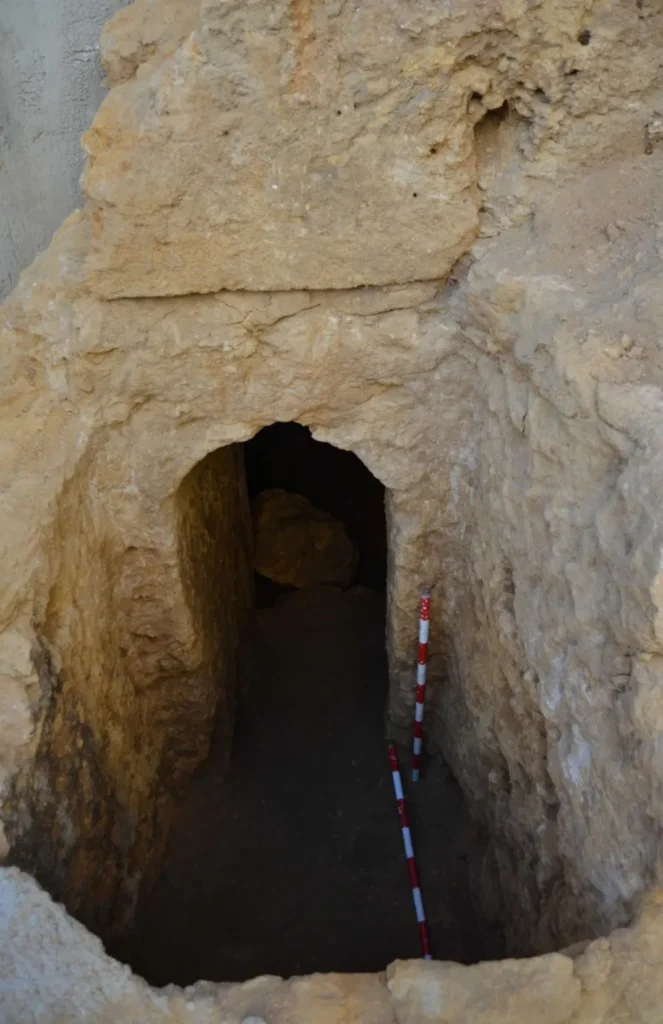
Inside, researchers found eight burial niches, or loculi, carved into the tomb’s walls. According to the study, six of those niches held urns made of glass, lead, limestone or sandstone.
Each urn contained the remains of a single person, and two were inscribed with the names of their occupants: Senicio and Hispanae. In one of the pots, they found a small jar once filled with patchouli-scented perfume.
The researchers found the wine in another urn, which was made of glass. Learning that this urn was “full of liquid” was “an even greater surprise,” Ruiz Arrebola tells the Guardian.
Sunken inside the urn’s nearly five liters of red-brown fluid were the cremated bones of a man, as well as a gold ring decorated with the two-headed Roman god Janus.
“We did not expect it to contain liquid, much less the quantity found,” Rhttps://articlerewritertool.com/uiz Arrebola tells All That’s Interesting’s Kaleena Fraga.
“This was the first time something like this had been discovered. Until now, all the funerary urns found contained only cremated bone remains and various objects related to funerary offerings.”
In the lab, the researchers found that the liquid had a pH of 7.5, similar to water’s. Meanwhile, its chemical composition resembled wine’s.

“We looked for biomarkers, which are chemical compounds that unequivocally tell you what a particular substance is,” Ruiz Arrebola tells the Guardian.
“In this case, we looked for polyphenols exclusively from wine, and we found seven wine polyphenols. We compared those polyphenols with those from wines from this part of Andalucía, and they matched. So that confirmed it was wine.”
Due to the absence of syringic acid—a byproduct of red wine’s decomposition—researchers determined that this wine was made from white grapes.
Before this discovery, the world’s oldest known liquid wine was a bottle found in another Roman tomb near Speyer, Germany, in 1867. Made around 325 C.E., it had been buried with the dead to ensure their thirst would be quenched in the afterlife, per Food & Wine’s Jelisa Castrodale. The oldest wine remnants ever found are some 8,000 years old, but they’re merely chemical traces extracted from Georgian pottery.
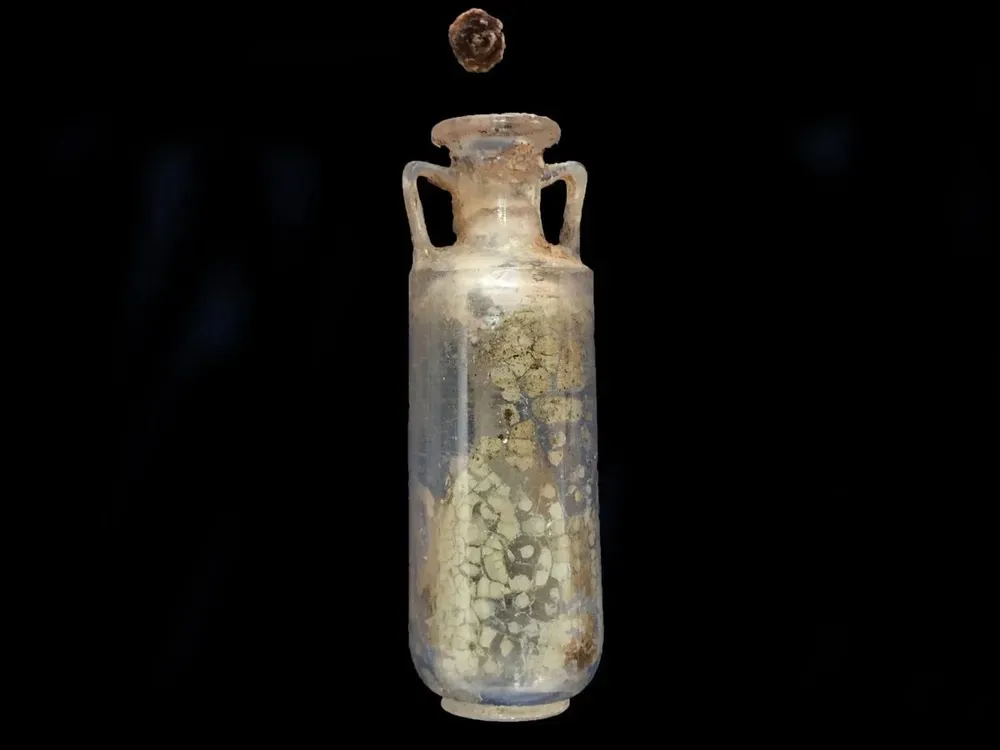
The Carmona liquid is technically drinkable, researchers say.
“It’s not in the least bit toxic,” Ruiz Arrebola tells the Guardian. “We’ve done the microbiological analysis.” Still, the researcher resisted a celebratory glass, as the wine “has spent 2,000 years in contact with the cremated body of a dead Roman.”
His colleague, co-author Daniel Cosano, another organic chemist at the university, did opt to sample the ancient wine. “The flavor is salty, which is not surprising given its chemical composition.”
